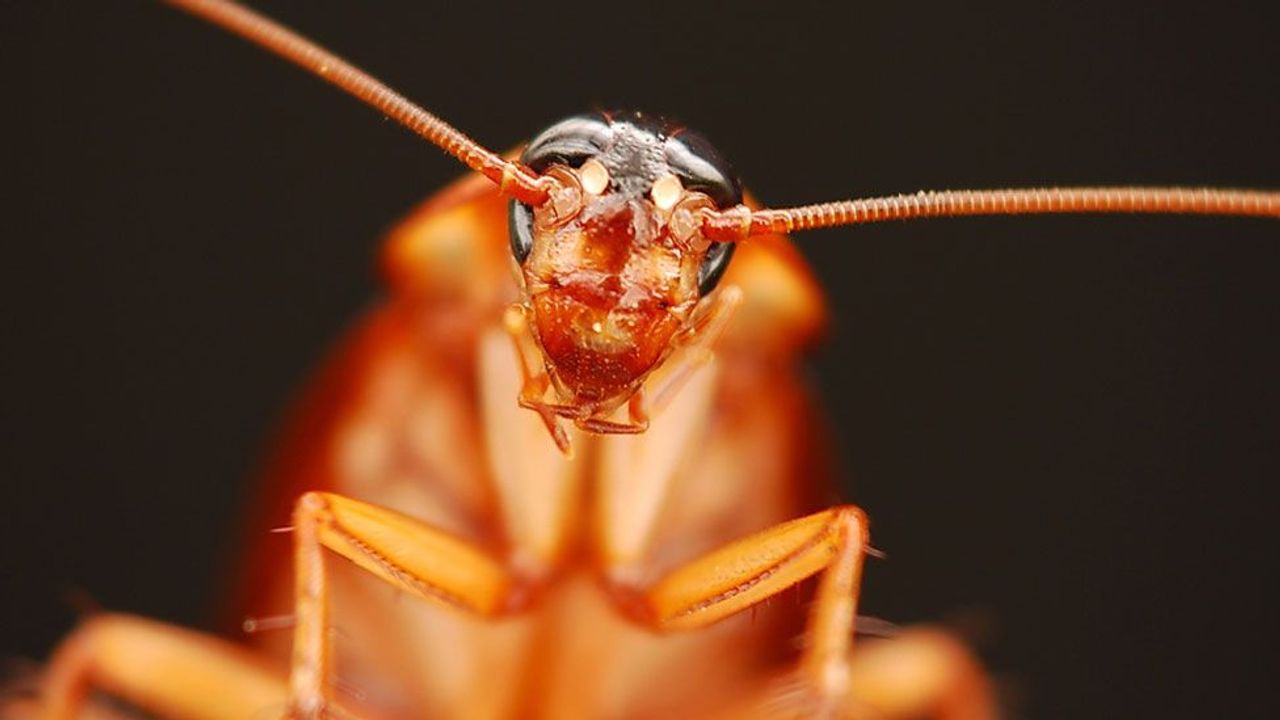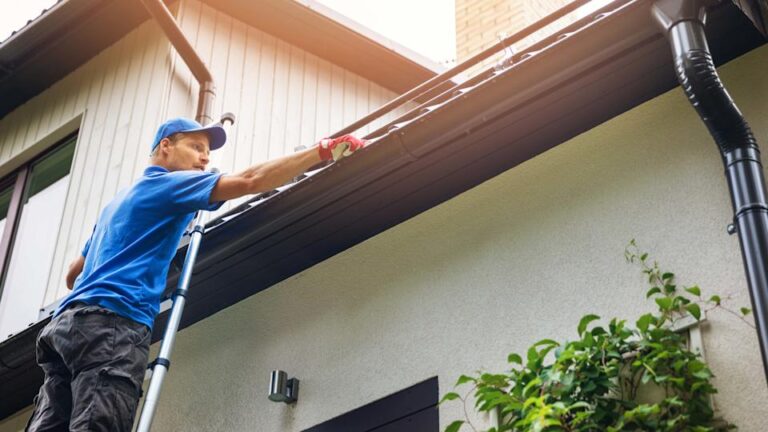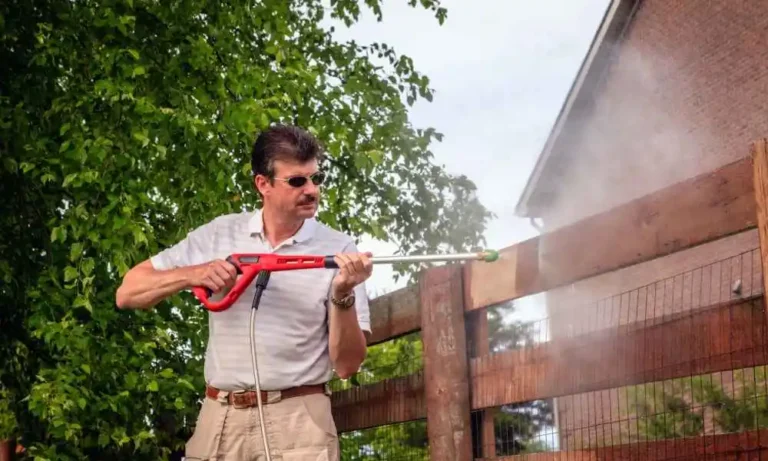
Cardboard may be an innocent packaging material to us, but it is essentially a five-star hotel to pests. New entomological research has recently shown the unspectacular material fosters a perfect ecosystem that lures numerous pest species into this habitat. Due to its porous nature, moisture-retaining capabilities, and organic composition, cardboard serves as an irresistible locale for unwanted creatures.
Remember, pest control requires more than just basic checks. You should talk to professionals who offer pest control in Sheridan for a permanent solution.
Why do pests love cardboard so much?
Cardboard is more than just a simple packaging material — it is a mini paradise for pests. The cardboard has a unique combination of properties, creating almost an ideal environment in which various pest species are drawn and where they are able to thrive. Essentially, cardboard has three fatal attractions that draw unwelcome guests: habitat, moisture, and food.
The bumpy, layered cardboard surface has thousands of nooks and crannies in it, providing perfect hiding spaces for small animals. These networks of tiny fibers protect them from predators and changes in their environment. The paper-based material, which is rich in cellulose, is a mainstay of the diet of many insects and rodents. Additionally, cardboard is a hygroscopic material that absorbs and retains moisture, creating a moist microenvironment that is highly favorable for many pests.
Research has shown that the actual structure of cardboard has a porousness that resembles the natural habitats found in forests and underground environments. This ability to insulate, retain warmth, and enable concealment proves attractive for pests searching for survival tactics. A study published by entomologists at the University of California found that cardboard needs the same chemical building blocks as wood — a prime real estate for many insect species.
Which Pests Are Attracted With Cardboard?
Cockroaches
For cockroaches, cardboard is prime real estate. Its corrugated structure creates multiple crevices that allow these insects to form intricate networks between stacked boxes. University of Florida research shows that 68% of cockroach infestations begin in cardboard storage areas.
Rodents
To mice and rats, cardboard is not merely a surface; it is a potential nesting material. They shred the soft, fibrous material and build cozy homes from it. Research done by pest control agencies has shown that rodents can chew through cardboard in hours, using it as both a habitat and a potential source for food tracing.
Termites
The cellulose-packed substance supplies important nutrients, so stacked cardboard is an inviting buffet table. According to entomological studies, under the best circumstances, sound termite colonies can eat as much as 1 pound of cardboard every day.
What Can You Do To Prevent Pests From Getting Attracted to Cardboard?
Strategic Storage Practices
Storing boxes off the floor decreases pest access. Vacuum storage or plastic bins with sealable lids prevent pests from invading any storage area. Experts say that cardboard should be stored in dry and well-ventilated areas, away from sources of excess moisture.
Conduct Frequent Examinations
Regular inspections for signs of possible pest activity allow us to stop potential infestations before they happen. Check for small holes, shredded edges, or piles of unexplained debris around stored cardboard. Early recognition can prevent small challenges from evolving into larger problems.
Proper Disposal Practices
Flattening and recycling cardboard right away also minimizes what may attract pests. Boxes should be clean, dry, and free of food residues before being stored or disposed of.
When Professional Pest Control Becomes Important
Some things require professionals to be involved. Supplementary cardboard storage, consistent pest sightings, or structural damage is a signal to reach out to pest control services. Treatment modality: Professional services within multi-discipline teams provide in-depth assessments and tailored treatment strategies.
Beyond quick fixes, pest control specialists provide a plethora of benefits. Moreover, they offer lasting prevention strategies, determining where pests can infiltrate and what sustainable pest management practices would work best for your surroundings.





